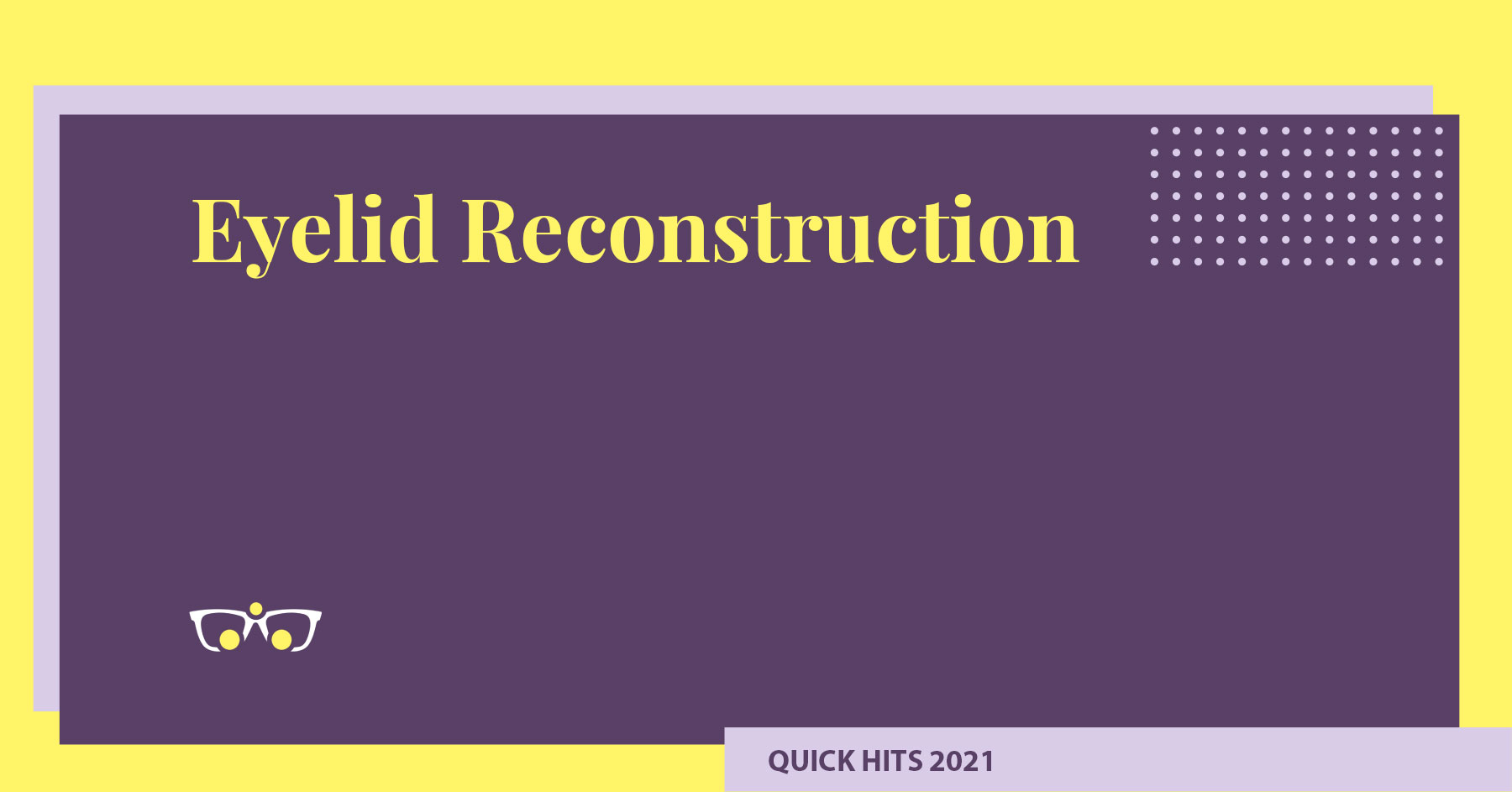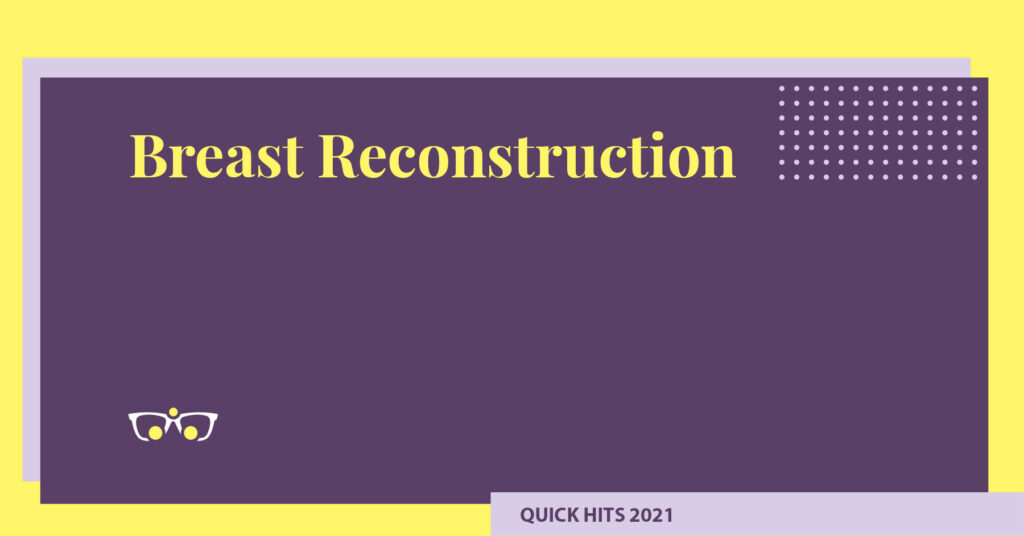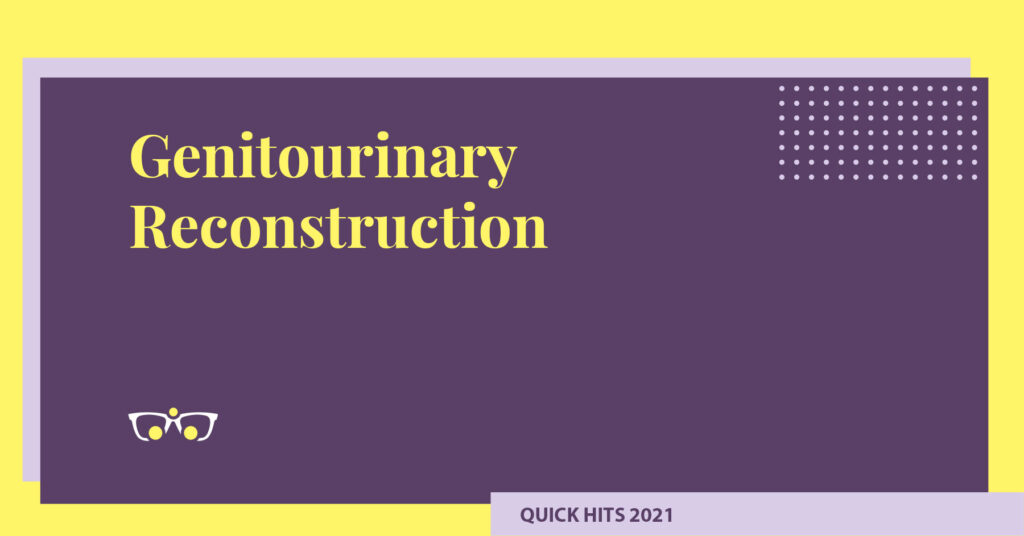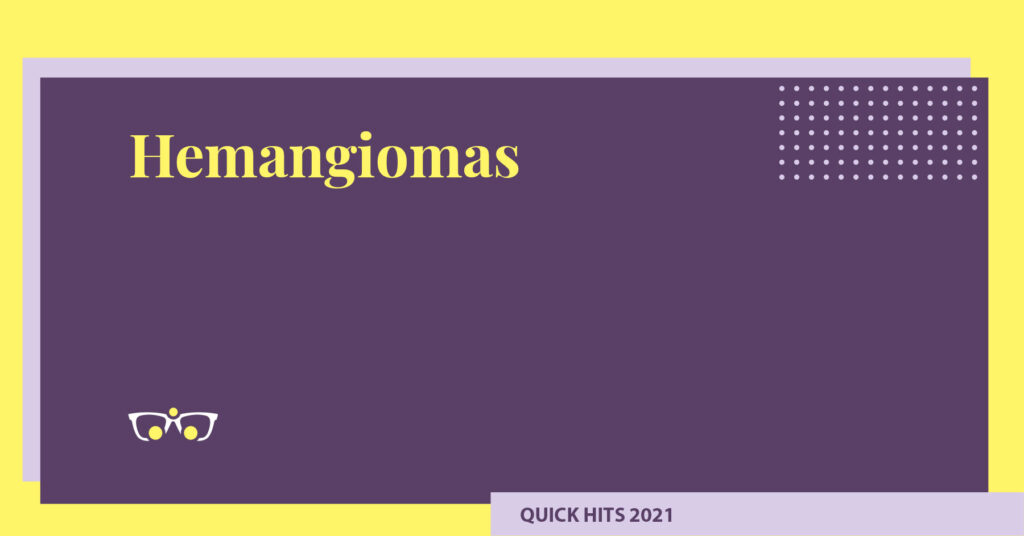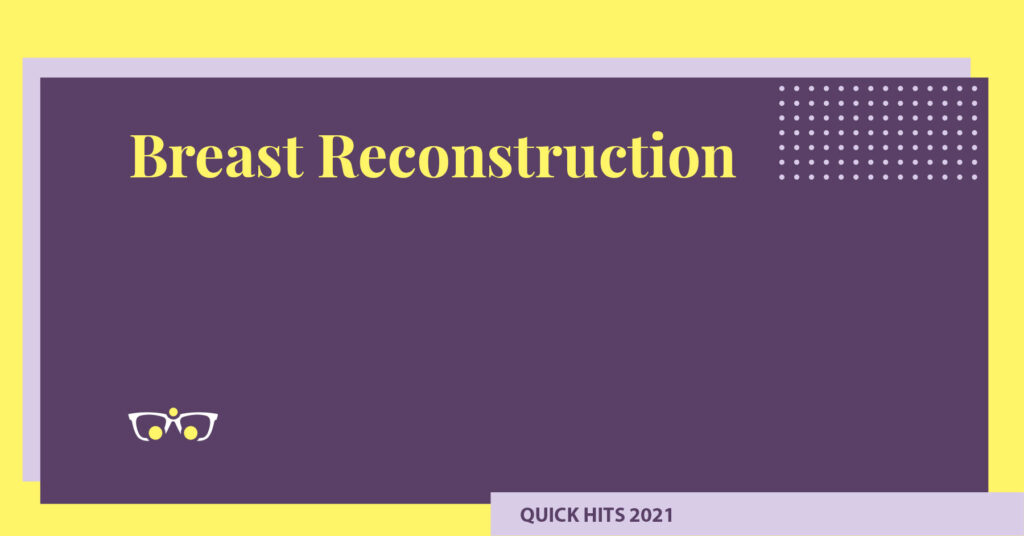Soft Tissue
- Anterior lamella – skin and orbicularis
- Posterior lamella – tarsus and conjunctiva
- Layers of upper eyelid – skin, orbicularis (pretarsal, preseptal, orbital), orbital septum, upper lid fat compartments, levator muscle, muller muscle, conjunctiva. Whitnall ligament surrounds the levator as it becomes the aponeurosis.
- Layers of lower eyelid – skin, orbicularis (pretarsal, preseptal, orbital), tarsus, lower lid retractors, capsulopalpebral muscle, inferior tarsal muscle. Lockwood ligament surrounds the retractors as they become the aponeurosis.
- Middle lamella (septum) – holds eyelid position in place, emphasizes the orbital-malar depression so can release and transpose fat
- Tarsal Plate: approximately 12-15mm in the upper lid, site of attachment for mullers muscle and levator; lower lid 4-10mm in height, inferior margin is continuous with the capsulopalpebral fascia
- Tear trough ligament – osteocutaneous ligament between palpebral and orbital portions of orbicularis
- Important to release (and fat redraping) during lower eyelid belpharoplasty if the patient has a tear trough deformity
- Sensory
- Lacrimal nerve (V1) – superolateral upper eyelid
- Infratrochlear nerve (nasociliary nerve) – medial upper and lower eyelid
- Infraorbital nerve (V2) – lower eyelid
- Motor
- Levator – attaches to tarsal plate, normal excursion 12-16mm, innervated by CNIII (occulomotor nerve)
- Muller’s muscle (loss results in 2-3 mm of ptosis), innervated by sympathetic nervous system
- Inner canthal orbicularis or pretarsal (Buccal V3) – blinking, lower lid tone, pumping lacrimla gland
- Extracanthal orbicularis or orbital fibers (Zygomatic V3) – eyelid closure, squinting, animation
- Whitnall ligament (above) and Lockwood ligament (below) – fascial thickening that supports the globe and fuses with capsulopalpebral fascia (inserts into tarsus)
- Fat compartments
- Upper: ROOF (retroorbicularis oclulus fat) 2 compartments, medial (nasal – paler yellow) and central (darker yellow), separated by superior oblique tendon. the lacrimal gland takes up the space of what would be the lateral fat pad
- Lower: SOOF (sub-orbicularis oculus fat) 3 compartments, medial, central, and lateral. Medial and central separated by the inferior oblique tendon.
- Inf oblique tendon is the most common injury in a blepharoplasty
- Trilayer tears
- mucin from goblet cells (dispersion of above layers)
- water/protein from lacrimal gland (antimicrobial)
- lipid/oil layer from meibomian glands (prevents evaporation)
- Eye Measurements
- Malar Vector – position of the cheek relative to the globe. Can measure eye prominence with hertel exophthalmometer
- Negative vector (when eye sticks out farther than cheek) (>18mm exophthalmos) at higher risk for ectropion/lagophthalmos, scleral show, dry eyes
- Consider lower lid elevating procedure – release capsulopalpebral fascia or spacer placement
- Canthal tilt – (position of lateral canthus relative to medial canthus). Ideal is +5-8 degrees (lateral higher than medial)
- Ideal is positive canthal tilt
Specific exam findings
- Horner syndrome – ptosis, myosis, anhidrosis
- Von Graefe sign – lagopthalmos in downgaze 2/2 graves
- Bell phenomenon – eye looks up and out during sleep. Bc of transient lagopthalmos after bleph, may get corneal ulceration if this reflex is not present
- Epiblepharon – vertical eyelashes causing corneal irritation
- Euryblepharon – shortage of eyelid tissue
- Crypophthalmos – failure in embryonic development of lid fold
- Hering test – elevate ptotic eyelid and observe whether the other eyelid becomes ptotic
- Can also use phenylephrine. If you artificially elevate one side and the other side becomes ptotic you know both need repair
- ptosis covered in our previous lecture
Soft Tissue recon (divided into <25%, 25-50% and >50%)
- Upper eyelid:
- <1/3 eyelid – primary closure (older patients with significant laxity can undergo primary closure up to 40%
- If there is tension may perform a lateral canthotomy
- 1/3-1/2 –
- tenzel semicircular flap (combining a lateral canthotomy can increase closure potential to 60%)
- This is a rotational myocutaneous flap (provides both anterior lamella only)
- Mustarde flap (lower lid sharing), both anterior and posterior lamella for defects 30-60% of the CENTRAL lid, contains lashes, may need tenzel flap to close donor site
- Based on medial palpebral artery
- Sliding tarsoconjunctival flap- can provide medial and posterior lamella only. It is one stage composite flap and requires anterior lamellar coverage
- cutler beard (lid switch from lower) flap (divide at 3-6 wk). This is a two stage procedure that provides both anterior and posterior lamella. There is no lash restoration, and will need tarsal plate replacement.
- Temporal forehead flap or fricke flap: anterior lamella coverage only (will need posterior). Only used when adequate tissue is unavailable
- Risks injury to facial nerve (temporal branch)
- Paramedian forehead flap: useful for extensive defects (anterior lamella only). Will need posterior lamella in the form of cartilage and mucosal grafts
- Lower eyelid
- primary closure, (remember elderly patients with significant laxity may undergo primary closure of up to 40%)
- tenzels are good for partial thickness defects up to 60% but will require posterior lamella coverage
- Lower lid defects
- Hughes (posterior lamella only). This is a two stage procedure can cover entire lid and can be combined with FTSG or tripier flap (anterior lamella) (lower lid defects).
- Taken from upper lid, should preserve 4mm of upper tarsus for stability
- Tripier flap: bipedicled flap from upper lid for entire length lower lid defects (anterior lamella only, needs posterior lamella
- Mustarde flap (cheek advancement flap when referring to lower eyelid reconstruction): for deep vertical defects of entire lower lid lid and requires posterior lamellar coverage
- Temporal (Fricke) flap: defects of entire lid, requires posterior lamella
- Vertical myocutaneous cheek lift (anterior lamellar only), one stage, requires posterior lamella
- Other posterior lamellar graft options:
- Palatal mucosal graft can lead to keratinization and corneal abrasions
- free tarsoconjunctival graft
- nasal septum
- buccal mucosa
- periosteal flap
- Lower eyelid ectropion after burn: FTSG and release of tissues even after early burn!!!; involutional ectropion (lax skin) treated with canthoplasty and wedge excision, neurogenic treated with gold weights
- Skin graft from c/l eyelid best option especially in elderly patients; retroauricular/supraclavicular too thick
- Gold weight should be placed superficial to the levator aponeurosis and tarsal plate, inferior portion of the plate just a few mm of the lash line
- Placed centered over the junction of the medial and central one-thirds of the eyelid and medial limbus
- Coloboma: congenital defect of eyelid, iris, retina, choroid, optic disk; can range from small notch to ocular cleft; localized growth disturbance vs optic fissure
- Related to Tessier 6 or Treacher Collins Syndrome
- Anatomy – disruption of medial canthus, lacrimal system, nasofrontal duct
- Classic sxs of medial canthal disruption is telecanthus, ptosis, epiphoria
- Treatment (within 2wk)
- Approach
- Coronal incision
- upper eyelid medial incisions
- transcaruncular/retroaurunceal approach
- Technique
- Frontomaxillary – can use load bearing plates across frontomaxillary buttress to support compressive forces of mastication
- Nasal base – closed reduction w/ splints may cause later widening of base. Single buttress spanning plates may prevent this. K stitch
- Medial canthal fixation – transnasal wiring vs mini plates vs mitek anchoring, osteosyntehsis screw anchoring. Vector should be posterosuperior and overcorrected (do this last)
>1/2 –
<25%
25-50%
>50%
Miscellaneous:
